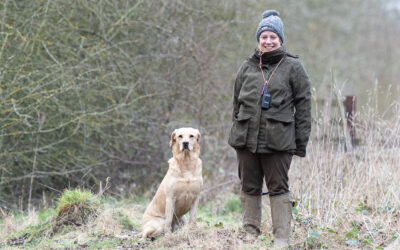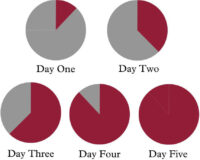Last Updated: 29th March 2023

If you are looking to begin feeding Masters Dog Foods we are here to help. Between our two ranges, Eclipse and Country, we have a product to suit the differing requirements of all healthy dogs. Several factors may determine which product is best suited to your dog, including age, sex and level of activity. You can read more about each of our ranges here and if you’d like to discuss your feeding requirements or have any questions just get in touch.
If you are swapping onto a Masters Dog Food and your dog is already fed a dry dog food and has no known dietary sensitivities, then this swap should not cause any problems. However, we always recommend a gradual change in diets over the course of several days, adding the new food gradually to the existing food until the new food makes up the majority and then all of the dogs meals.

All of our diets can be fed soaked or dry but and as complete formulations do not need the addition of any other meat or biscuits. When it comes to adult dogs, for each measure of Masters Dog Food, we would recommend adding between half and one cup of warm water and feeding to your dog immediately. You can find dedicated information on feeding puppies in our Puppy Feeding Guide.
Remember, all dry dog food is low in moisture and therefore the body needs to use up moisture to enable it to be digested. Adding water will not only support digestion but also can slow down a dog that rushes their food and eats too fast. Eating too quickly can cause digestive upset and sickness.
Regardless of how you choose to feed your dog, always ensure they have access to sufficient clean drinking water.
The suggested daily feeding amount can be spread over as many feeds as suits dog and owner. However, we would usually recommend two feeds, one in the morning and one in the evening, though this may vary depending on several factors. Two meals are easier on the digestive system that one large meal.
Most dogs are traditionally fed from a bowl. We recommend using ceramic or stainless-steel bowls as plastic bowls can crack and scratch easily which can then harbour bacteria. Always clean both food and water bowls regularly in soap and water or run them through the dishwasher.
The final point to remember is that all feeding guidelines on any packaging are meant as a guide only and all animals should be fed based on their individual requirements. We are here to help, if you would like any advice, please do get in touch.